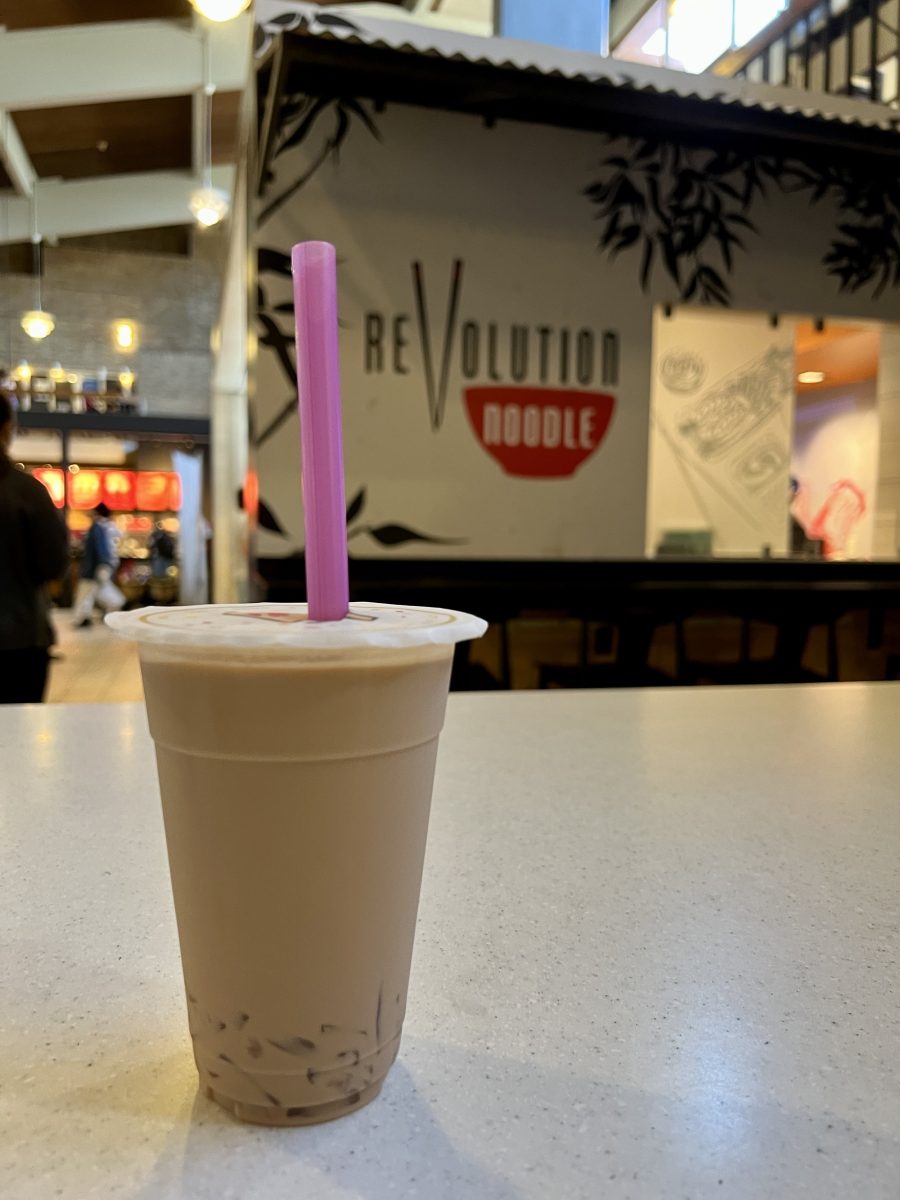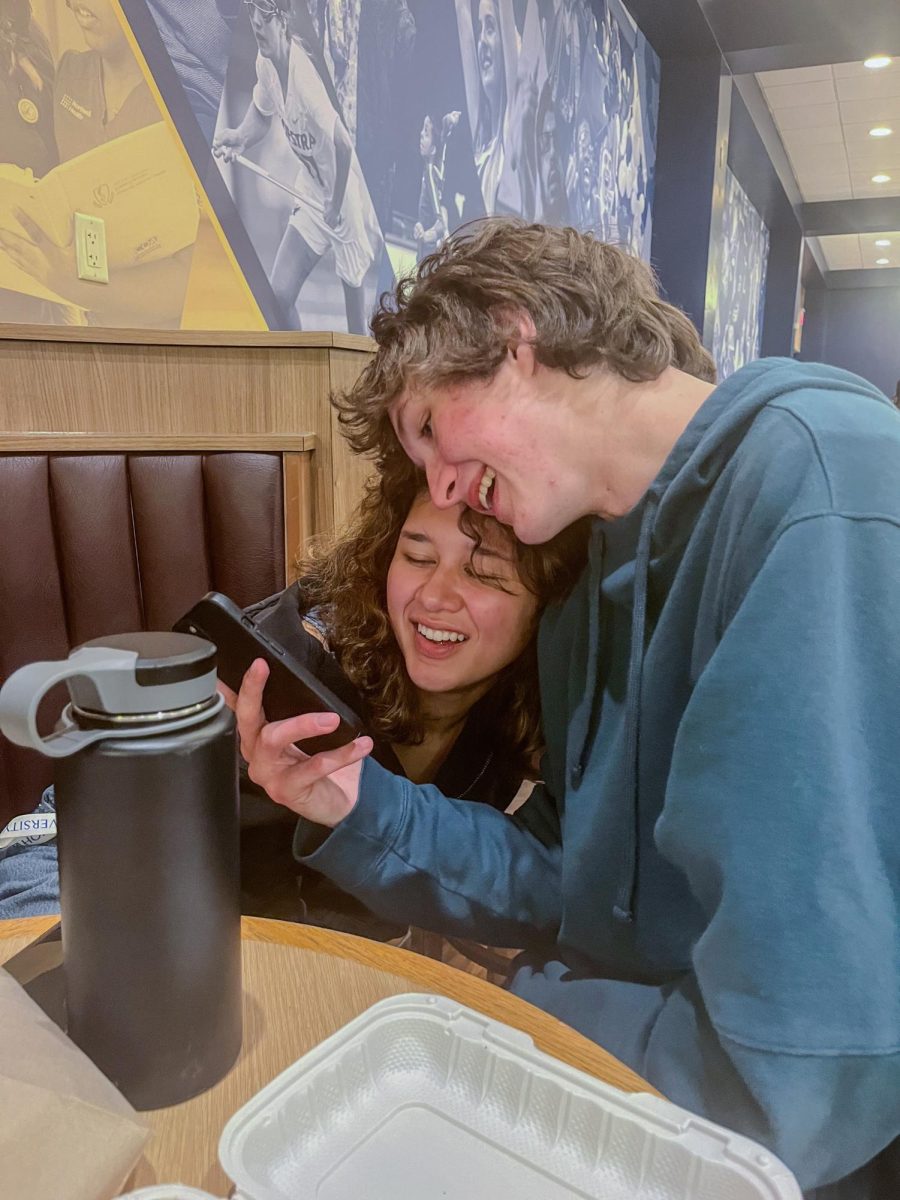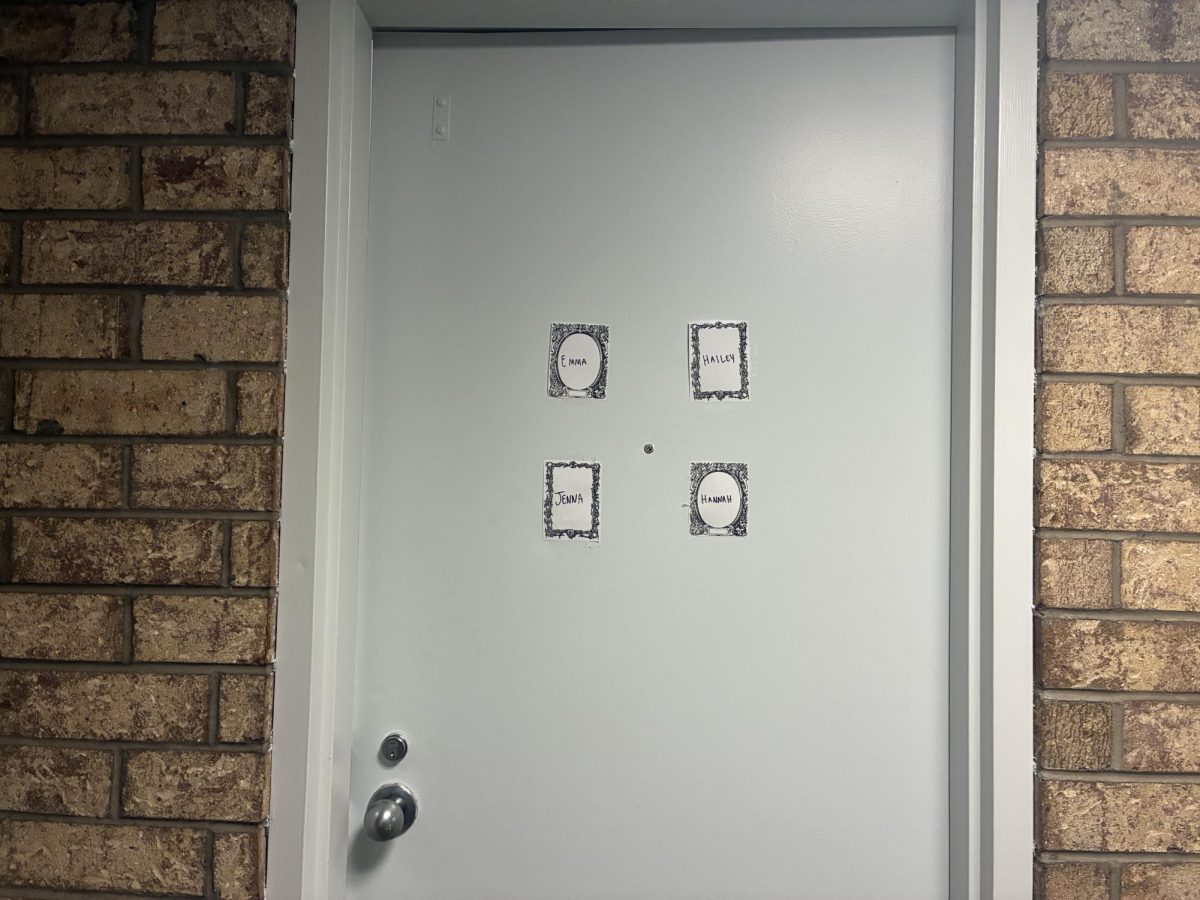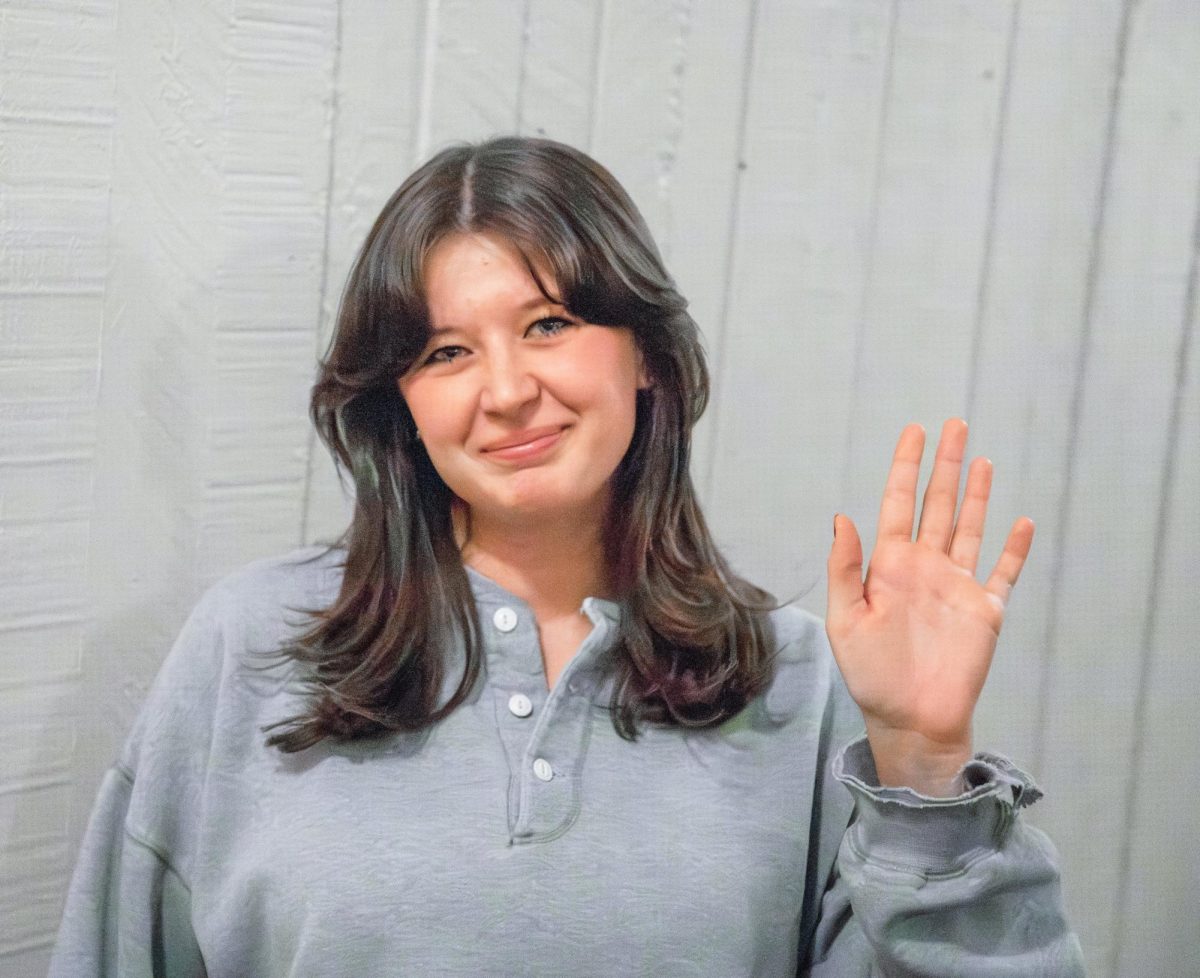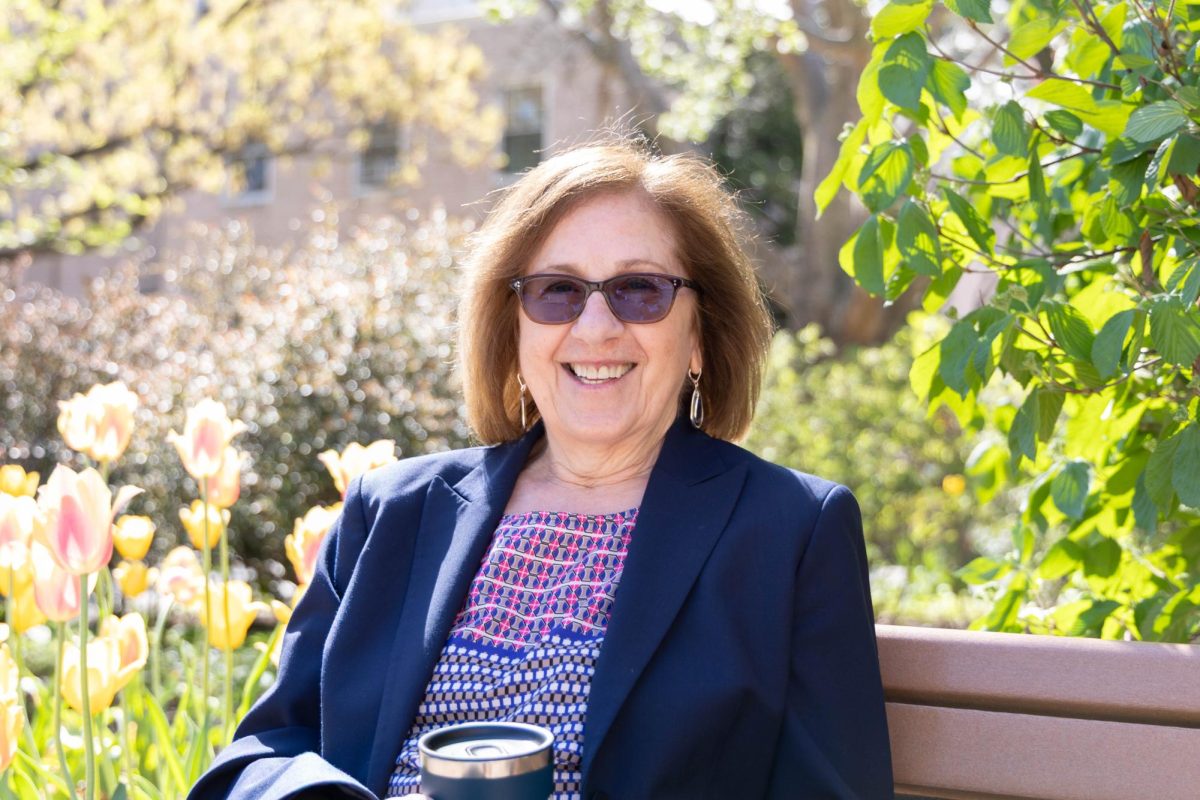Alexis Friedman/The Hofstra Chronicle
On Sept. 30, campus life as we know it was changed forever, with the introduction of a bubble tea offering at Revolution Noodle and Sushi in the David and Sondra S. Mack Student Center. Prior to this historic date on Hofstra’s campus, students would have to make the 10-to-15-minute trek to procure bubble tea (also called boba) from Gong Cha in the Roosevelt Field Mall or Kung Fu Tea on Hempstead Turnpike.
The introduction of boba drinks on campus excited many because of their accessibility, but the drinks themselves leave room for improvement. Revolution Noodle and Sushi offers seven different types of iced teas including milk tea, Thai tea, taro tea, passion fruit tea, strawberry tea, peach tea and dragon fruit tea. In each tea, you have the option of boba pearls or lychee jelly.
For those unfamiliar with boba pearls, they do not taste like chocolate whatsoever, unlike what I was told before taking my first sip of a bubble tea, but are rounded tapioca pearls with an almost gummy consistency. If you don’t enjoy chewing while drinking, the concept of boba may not be for you, but there is never harm in trying it.
While I am no boba pearl expert, the quality of the pearls served at Revolution Noodle & Sushi on campus can depend on the day. Unlike the regularity of the ramen, the boba pearls are much more fickle things and vary day-to-day on softness, a potential deterrent for anyone drinking bubble tea. The pearls somehow manage to change consistency each day, as the boba I had on Monday was incredibly soft – not in a good way – compared to Wednesday’s drink. If you don’t want to worry about what the boba will taste like on any given day, lychee jelly can be a more reliable option because its consistency doesn’t vary – and if it does, there is a serious problem!
Personally, I find the lychee jelly to pair better with the milk teas, while boba goes much better with the non-milk fruit teas. It could be related to the fruit to dairy ratio in each drink, but I do believe the fruit teas pair best with boba’s tapioca rice flavoring and milk teas go best with lychee, to add a bit of fruit flavor into the milk mix. My favorite bubble tea combinations that Hofstra now offers are milk tea with lychee, Thai tea with boba, peach tea with boba and passion fruit tea with boba.
The discovery of lychee jelly was a game changer for me and I cannot imagine life drinking bubble tea at Hofstra without knowing it. Next time you want boba but grow unhappy with the options, mix it up by substituting lychee for boba.
A common gripe about the latest drink offering on campus is the $7 price for a small drink, filled with way too much ice, which prevents drinkers from accessing all the boba pearls or lychee. Prices at Hofstra, especially at Revolution Noodle and Sushi, are steep, but increasing the bubble tea offering to include different sizes of drinks could be a plentiful investment for Hofstra, making students happier about the price. If you regularly drink boba and want to try Hofstra’s take on it, be wary that it might not live up to your expectations, but that doesn’t mean it’s not worth a try!


